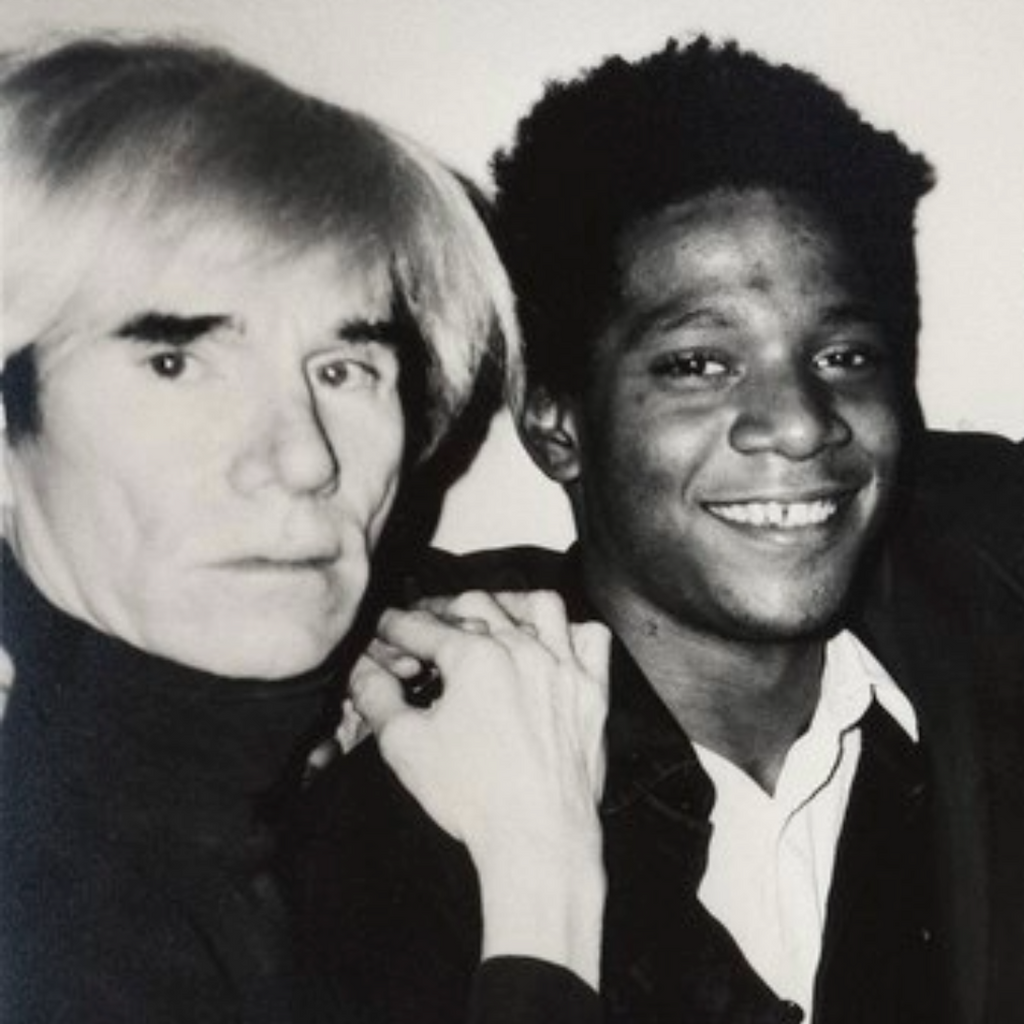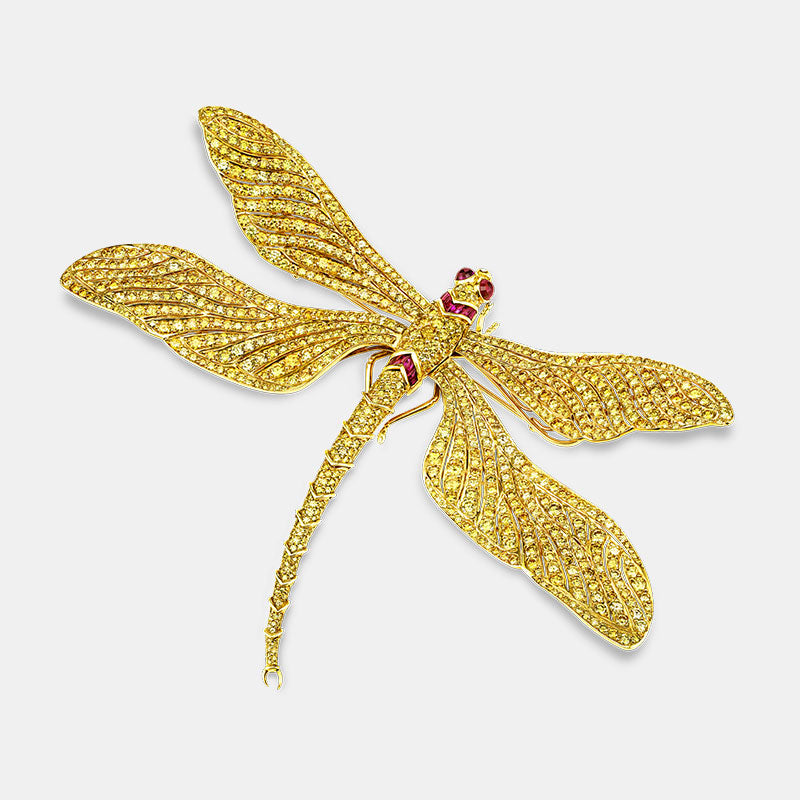Paul Storr is undoubtedly the greatest English silversmith of the Regency era. Mastering the popular styles of his day, he continued the legacy of fine English silver set forth by the likes of Paul de Lamerie and Hester Bateman. Combining technological innovation and fine craftsmanship, Paul Storr wrought exceptionally beautiful Georgian silver.
Storr’s beautifully ornate silver reflected the rapidly changing world in which he lived and the changing artistic styles that followed. After the Napoleonic wars, the British Empire rose to immense power. Increases in wealth fueled changes in social custom, which, in turn, created a great demand for elaborate pieces for entertaining in the home. As a result, Storr’s silver was coveted by the affluent, including royalty. King George III and the Prince of Wales were both frequent patrons.
Storr’s works are highly sculptural yet perfectly functional; they are the very definition of fine, decorative art. Over the course of his long career, he adapted his style to match the tastes of the day, yet he always maintained his standards of quality and his unique artistic point-of-view. Join us as we explore the life, legacy and artistic style of England’s last great silversmith.

Early Years
Paul Storr was born in 1771 in London amid rapid industrial and cultural advancement. By 1800, London would not only become the largest city in Europe but also its commercial center. As a silver chaser, Storr’s father considered goldsmithing to be a lucrative career and sent him to apprentice with Swedish goldsmith Andrew Fogelberg at the young age of fourteen. Fogelberg favored working in the neoclassical style, which had become the popular fashion in decorative arts of the late 18th century, and this influence rubbed off on Storr.
Storr quickly showed great promise, and only seven years later, after completing his apprenticeship, he joined in his first partnership with William Frisbee. Frisbee was an established plate worker, and the pieces Storr completed with him during this time set the stage for what his early work would become renowned for — highly detailed renderings of classical motifs in silver. Curiously, the workshop behind theirs belonged to James Tassie, a modeler who created many casts for Wedgwood's neoclassical jasperware appliques.
Despite modest success, Storr and Frisbee’s partnership didn’t last long. Storr was intent on moving to West London, and in 1796, he opened his own shop on Air Street, where he perfected his minimal, neoclassical style.

Rundell, Bridge and Rundell and the Rococo
In 1806, Storr began to complete work for the illustrious firm of Rundell, Bridge and Rundell, the most prestigious silver retailer of the early nineteenth century. Unrivaled in output, they produced all manner of precious objects and luxury goods, such as silver, jewelry, medals, and snuff boxes. Earning the Royal Warrant in 1806, the firm created countless treasures in gold and silver for royals, particularly the Prince Regent, George IV, who favored the more exuberant Rococo decorative style. The public’s tastes followed.
Phillip Rundell was a shrewd businessman who knew his success hinged on following popular fashions and the talent of his craftsmen. Recognizing Storr’s extraordinary skill, he sought a partnership with him beginning in 1803. However, it wasn't until 1806 that Storr finally agreed, stipulating that his workshop be called “Storr & Co.” and that he would retain the right to work on his own commissions. In a great show of faith, Rundell not only agreed to this but also allowed Storr to use his own hallmark.
Storr quickly became inundated with work from Rundell, and he adapted his neoclassical aesthetic to the bold rococo forms preferred by Rundell’s wealthy patrons. Despite great success and recognition, Storr eventually became dissatisfied. With more orders than ever before, he felt he had become more of a project supervisor than a master craftsman. Feeling like he was losing his individuality and artistic ideals, he left the firm in 1819.


Phillip Rundell died a bachelor and a millionaire, and it is likely that Storr, who had a growing family, could have achieved the same stratum of wealth had he continued to work for Rundell, Bridge and Rundell. Maintaining his artistic freedom and hands-on involvement in his work was more important to him than steady commissions and high pay.
Storr and Mortimer: Natural Forms
Storr, once again, set out on his own. During his time with Rundell, Bridge and Rundell, Storr had adapted his style and began crafting more asymmetrical pieces with natural motifs in the Rococo style. His departure meant that his style would change yet again, and he began to explore more naturalistic forms. Eventually, he joined forces with John Mortimer, who would handle the retail side of the business while Storr continued as a craftsman. Unfortunately, Mortimer proved not only difficult to work with but also often ineffectual. He almost bankrupted their operation until John Samuel Hunt joined as a partner, bringing with him new capital.
During this tumultuous time, Storr tried to convince his son, Francis, to join the trade. Francis was reluctant, as he wished to continue his education at Oxford University and potentially join holy orders. But, at the behest of his father, he agreed and became an apprentice on April 17, 1828. This, however, didn’t last, and shortly after Francis left the firm, Paul Storr retired at the age of sixty-eight.

Paul Storr’s output reflects a variety of styles popular during the Georgian period; stark classicism and exuberant Rococo naturalism can be seen at various points throughout his career. His pieces showcase a variety of engraving styles with remarkable symmetry. Known for his faultless workmanship, Storr’s attention to detail is exquisite and consistent through any style in which he worked. Paul Storr’s legacy of impeccable silver made with extraordinary skill and artistry lives on to this day.
View M.S. Rau’s exceptional collection of antique silver in its entirety here and follow us on Instagram for more exciting silver acquisitions and more.







